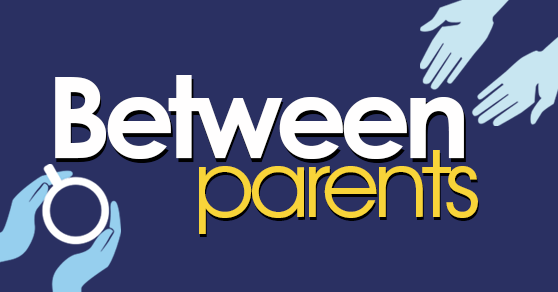Why Curiosity Matters
I was sitting at Starbucks the other day, and a mom deposited her young children at the table next to me while she returned to the counter to place her “Grande Soy Latte” order. She wasn’t away long, but while she was away, her kids took a little imagination trip. The kids were fascinated with the wall décor. The boy, who was maybe 5 years old, pointed at the objects and asked his littler sister,
“What do you think those are for??”
His sister waited about half a second and started pouring out ideas. I only understood a fraction of what she was saying, but she punctuated the most exciting ideas with clear exclamation points:
“A giant cup for hot chocolate!A great big ice cream scoop!A place to put stuffed animals!A pointed slide for tiny people!”
“No wait! That’s it!” her brother interrupted. “It’s a slide you can sit in, and when you come out the other side, you land in a world filled with coffee and beans!”
"No,” the sister retorted, “you land in a world of HOT CHOCOLATE!!”
The little girl was, apparently, a big fan of hot chocolate.
This brainstorming and amusement continued for as long as it took the Barista to pull together the mother’s drink. The engagement and ideas of this pair started with a single question, rooted in curiosity: “What do you think those are for??”
I’ve seen these coffee contraptions for ages and have never given them more than a fleeting thought. I’ve certainly never considered how they might transport me to a land of cocoa.
I realized, again, how much children have to teach us. If as creative ad genius, Leo Burnett, said, “Curiosity…is still the secret of great creative people,” then we’d all be more innovative if we asked more questions.
Try it for a day.
Ask your colleagues, children, or friends, “what do you think that’s for?” and see who comes up with the best answer. Ask more questions yourself and see
And if you happen to know what else those silver hot chocolate slides are used for, let me know!

